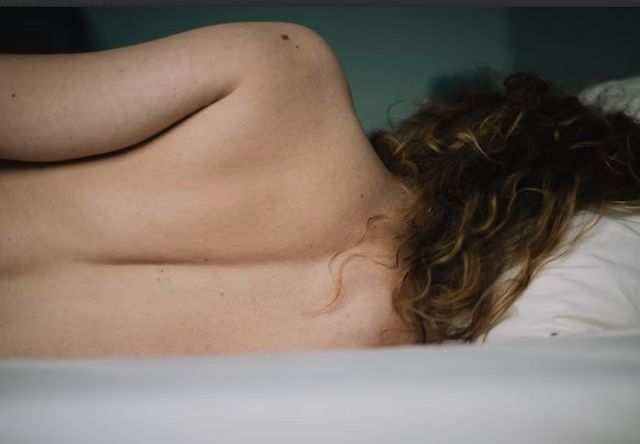
Scoliosis means curvature of the spine, which can be seen from the front or back. The torso is usually bent to the sides, and one shoulder may be higher. Sometimes a hump appears on one side of the back, especially when leaning forward. This is due to the fact that the ribs forming the thorax form an asymmetric projection towards the back.
Patients with suspected scoliosis, after examination by a doctor, usually need an X-ray examination. Other anomalies that can accompany scoliosis are also determined during a detailed examination and study. After this, a decision is made about the type of treatment. Some scoliosis cases require conservative treatment, while others need spinal deformity surgery.
Sometimes it is necessary to recommend a corset for scoliosis or special exercise programs. Severe scoliosis can be treated surgically. The main goal of classical surgical treatment is to correct the curvature of the spine and preserve it in this state. For this, the spine is fixed with metal (usually titanium) screws and rods, and the connection is performed.
The Advanced Method of Scoliosis Treatment
In the treatment of scoliosis, new methods are being developed that allow to reduce the area of the operation, preserve the spine's mobility, and allow the spine to grow. New methods are applied to many people as they are described and developed, but it takes time to obtain scientific results from large groups of patients.
In addition, one should remember that each patient is an individual, and many procedures and interventions are not suitableto everyone. When the methods change completely, more complex devices and tools are needed. On the one hand, these new technologies are expensive, and on the other hand, it is expected that the surgeon's training and surgical skills will be higher for a more complicated and complex procedure.
Minimally Invasive Surgery
Minimally invasive surgery consists of completing the planned surgical procedure with the minimum possible skin incision, reduction, and opening of muscles. As a result, less pain in the wound, smaller surgical scars, less bleeding, and complications are expected. Although this method is used for many diseases in spine surgery, its use in scoliosis surgery has begun to grow in recent years.
Transpedicular Fixation of the Spine
This method is minimally invasive and dynamic. The spine remains mobile even after the operation. The spine continues to grow naturally.
Implants (screws) are installed in the bodies of the thoracic (back) or lumbar (waist) vertebrae with the smallest incisions. Then a cord (cable) is placed to connect the implants. When the rope is stretched on each vertebra, it is seen that the curvature of the spine straightens.
Possible complications of this technique include pneumothorax, bleeding from large vessels, infection, screw removal, problems with anesthesia, screw loosening, fracture, loosening, and neurological complications. Since this method was developed recently, long-term results regarding its effectiveness and safety have yet to be available.
Surgery of the Growing Rod
For the Magnetically-controlled Growing Rod (MCGR) method, special equipment is installed during the first operation. Later, when the body grows, the rod is also lengthened with the help of a magnetic regulator. Thus, the rod placed during the initial operation is lengthened, which allows reduce the curvature of the spine during its constant growth. Fusion surgery can be performed when the child reaches sufficient size.
Although some studies show that this method is very effective, there are also publications that indicate the essential need for improvement of this method. Complications of the method include loosening of the screw, insufficient lengthening of the rod, metal breakage, infection, and the impossibility of correcting scoliosis.
Thoracoscopic Spine Surgery
Video-assisted thoracoscopic surgery (VTX, Video Assisted Thoracoscopic Surgery) is an approach that provides access to the thorax using a minimally invasive approach. With the help of a small incision, it is possible to safely reach the thoracic (back) part of the spine and perform many operations. The thoracoscope used here provides the surgeon with a very detailed anatomical image with the help of video systems and high-resolution cameras. Screws can be inserted into the vertebral bodies, severe scoliotic curvatures can be relaxed, removable implants can be installed for the TFP method, or fusion can be performed with the help of rigid systems. This minimally invasive surgical method causes less pain than open surgery, a short hospital stay, quick and easy recovery, and also has less impact on lung function.